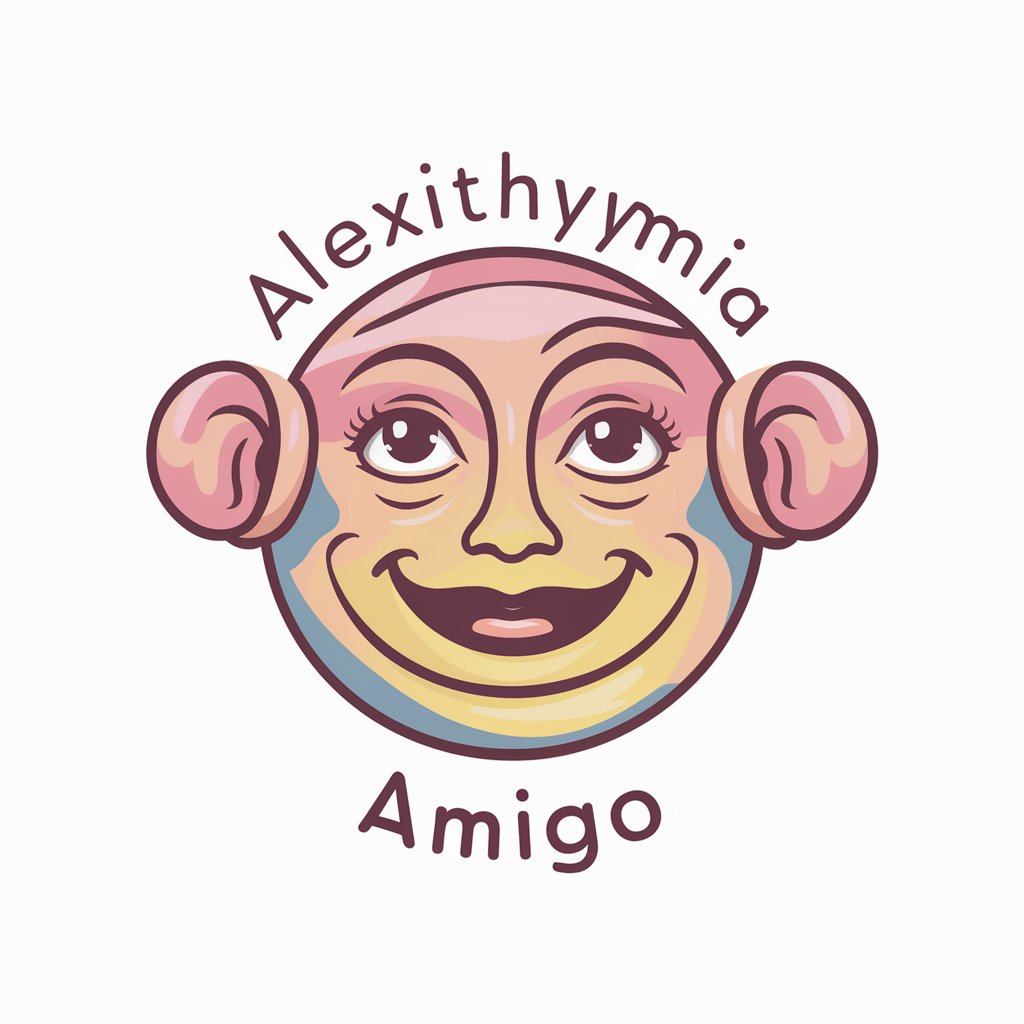Freudian Therapy and Psychoanalysis - psychoanalysis AI for self-reflection

Freudian AI: Uncover unconscious, interpret dreams, introspect.
AI-powered tool for deep self-analysis
Get Embed Code
Introduction to Freudian Therapy and Psychoanalysis
Freudian therapy, also known as psychoanalysis, is a therapeutic approach developed by Sigmund Freud in the early 20th century. It focuses on exploring the unconscious mind, which Freud believed to be the reservoir of thoughts, memories, and desires that influence conscious behavior. The primary goal of psychoanalysis is to make the unconscious conscious, helping individuals understand hidden motivations, repressed emotions, and unresolved conflicts from early childhood that shape their current mental and emotional state. Freud's methods often involve free association, dream analysis, and transference, which aim to uncover the root causes of psychological distress. For example, an individual might present symptoms of anxiety without knowing the cause. Through psychoanalysis, it may be revealed that these symptoms are connected to repressed childhood trauma, unresolved desires, or a defense mechanism, such as repression or denial. Powered by ChatGPT-4o。

Main Functions of Freudian Therapy and Psychoanalysis
Exploring the Unconscious Mind
Example
A client experiences recurring anxiety but does not understand its source. In therapy, they explore memories from childhood, finding that a neglected emotional need during their formative years has led to feelings of insecurity in adulthood.
Scenario
A man in his 30s has difficulty maintaining relationships and experiences anxiety whenever he gets close to someone emotionally. Through psychoanalysis, he realizes that his current fear of intimacy stems from his unconscious associations between love and rejection, triggered by his early experiences with an emotionally distant parent.
Free Association
Example
A patient is encouraged to speak freely about anything that comes to mind, no matter how trivial or unrelated it seems. Over time, seemingly random thoughts begin to reveal deeper emotional patterns and conflicts.
Scenario
A woman in therapy begins to talk about an unimportant conversation she had at work. As she continues, her narrative shifts toward frustrations with her boss, and eventually, deeper feelings of being undervalued and rejected by authority figures throughout her life emerge.
Dream Analysis
Example
A person describes a recurring dream about falling. The therapist helps interpret this as a symbolic representation of their fear of losing control in their waking life, possibly related to unresolved personal or professional struggles.
Scenario
A patient recounts a dream of being chased through a dark alley. After discussing the details and emotions involved, the therapist connects this dream to the patient’s feelings of helplessness at work, where they feel cornered and unable to assert themselves.
Transference Interpretation
Example
During therapy, a patient begins to project feelings toward the therapist that were originally directed at a parent or significant figure from their past. Recognizing this transference, the therapist helps the patient explore unresolved emotional issues related to this figure.
Scenario
A patient consistently reacts with anger toward their therapist without an obvious reason. As the sessions progress, it becomes clear that the therapist has become a stand-in for the patient's father, with whom they have deep, unresolved anger from childhood. By addressing this transference, the patient begins to resolve long-buried issues.
Identifying Defense Mechanisms
Example
The therapist helps a patient recognize that their tendency to joke about serious personal issues is a defense mechanism (humor) used to avoid confronting painful emotions.
Scenario
A young man frequently laughs off discussions about his parents’ divorce, shifting the conversation to something light-hearted whenever the topic comes up. Through psychoanalysis, he realizes this pattern is a defense mechanism—using humor to repress deep sadness and feelings of abandonment related to his parents’ separation.
Ideal Users of Freudian Therapy and Psychoanalysis
Individuals Seeking Deep Self-Understanding
Psychoanalysis is ideal for people who want to gain profound insight into their psychological processes, including unconscious motivations and unresolved childhood conflicts. They are often introspective individuals looking to uncover the root causes of ongoing emotional or behavioral issues. These users typically benefit from the long-term nature of psychoanalysis, where the goal is not quick symptom relief but rather the full understanding of one’s inner workings.
People with Unexplained Psychological Symptoms
Individuals experiencing persistent psychological symptoms—such as anxiety, depression, or compulsive behaviors—without a clear explanation are likely candidates. Psychoanalysis helps them explore whether these symptoms are linked to repressed memories or unresolved emotional conflicts. For example, someone who suffers from chronic anxiety might discover through analysis that the root cause is related to early-life fears of abandonment.
Those with Complex Relationship Issues
Psychoanalysis is particularly effective for individuals who struggle with recurring patterns in their relationships, such as fear of intimacy, dependency issues, or a tendency to sabotage relationships. These users often find that their difficulties stem from unresolved childhood experiences, which manifest in their adult relationships. The process helps them identify and address these deeper issues.
Patients Interested in Long-Term Therapy
Freudian psychoanalysis is well-suited for patients who are open to long-term therapy, often spanning several years. These individuals are usually comfortable with the time and emotional investment required for in-depth exploration of the unconscious mind. They are not seeking immediate solutions but rather long-term personal transformation.
Creative Individuals or Those Interested in Dreams and Symbolism
Psychoanalysis also appeals to individuals who are curious about the symbolic meanings behind their dreams, behaviors, or creative outputs. Artists, writers, and other creative individuals may find psychoanalysis helpful in exploring the hidden psychological forces that influence their work. These individuals often enjoy delving into the symbolic interpretations of their dreams or the unconscious roots of their creativity.

How to Use Freudian Therapy and Psychoanalysis
Step 1: Access Freudian Therapy
Visit yeschat.ai for a free trial without login, also no need for ChatGPT Plus, to begin exploring Freudian Therapy and psychoanalytic sessions through AI.
Step 2: Set the Stage for Exploration
Create a quiet, introspective environment where you can engage in free association and reflection, without interruptions. Make sure you're in a mental space conducive to deep self-examination.
Step 3: Begin Free Association
Allow yourself to express any thoughts, feelings, or memories as they arise, no matter how trivial or unrelated they may seem. This is key in uncovering hidden unconscious material.
Step 4: Reflect on Patterns and Conflicts
As you work through your associations, focus on recurring themes, emotional conflicts, or early childhood experiences. Use these insights to explore the root causes of your current psychological state.
Step 5: Integrate Insights
Conclude by reflecting on the emotional and psychological insights gained. Consider how these revelations about unconscious desires, defense mechanisms, and internal conflicts affect your daily life.
Try other advanced and practical GPTs
Email Reply
Automate emails with AI precision

Analista do Projurista
Elevate your legal practice with AI-powered insights

Your Data Insights
Insights Powered by AI, Delivered Instantly

MLB Genius
AI-powered MLB Game Predictor

Audio to Text Converter
Your Speech, Effortlessly Transcribed

Beginner CAD
AI-driven Design Simplification

Survey Refiner
Precision Editing Powered by AI

Introduction to Mathematical Analysis I Tutor
AI-powered mathematical analysis mastery

Travel Buddy
AI-Powered Travel Assistant

TV & Film Pitch Deck Content Creator
Craft Your Story, Pitch Perfectly

Tech Blogger
Automate Your Tech Writing with AI

Alexithymia Amigo
Understanding Emotions with AI

Q&A on Freudian Therapy and Psychoanalysis
What is Freudian Therapy?
Freudian Therapy, or psychoanalysis, is a method of exploring the unconscious mind by interpreting dreams, free associations, and early life experiences. The goal is to uncover repressed conflicts and desires that influence behavior and emotions.
How does free association work in psychoanalysis?
Free association involves expressing any thoughts that come to mind without censorship. The therapist or AI will help identify patterns and themes in these thoughts, offering insights into unconscious desires and conflicts.
What is the role of dreams in Freudian analysis?
Dreams are seen as windows into the unconscious, revealing hidden desires and repressed conflicts. Freud believed dreams are symbolic, with latent content (the hidden meaning) disguised by manifest content (the dream as remembered).
How can psychoanalysis help with anxiety?
Freudian psychoanalysis suggests that anxiety is often caused by unresolved internal conflicts or repressed desires. By bringing these to light through therapeutic techniques, individuals can understand and address the root causes of their anxiety.
What are defense mechanisms?
Defense mechanisms are unconscious psychological strategies used to protect oneself from anxiety and unacceptable impulses. Common examples include repression, denial, and projection, which prevent uncomfortable emotions from entering conscious awareness.
